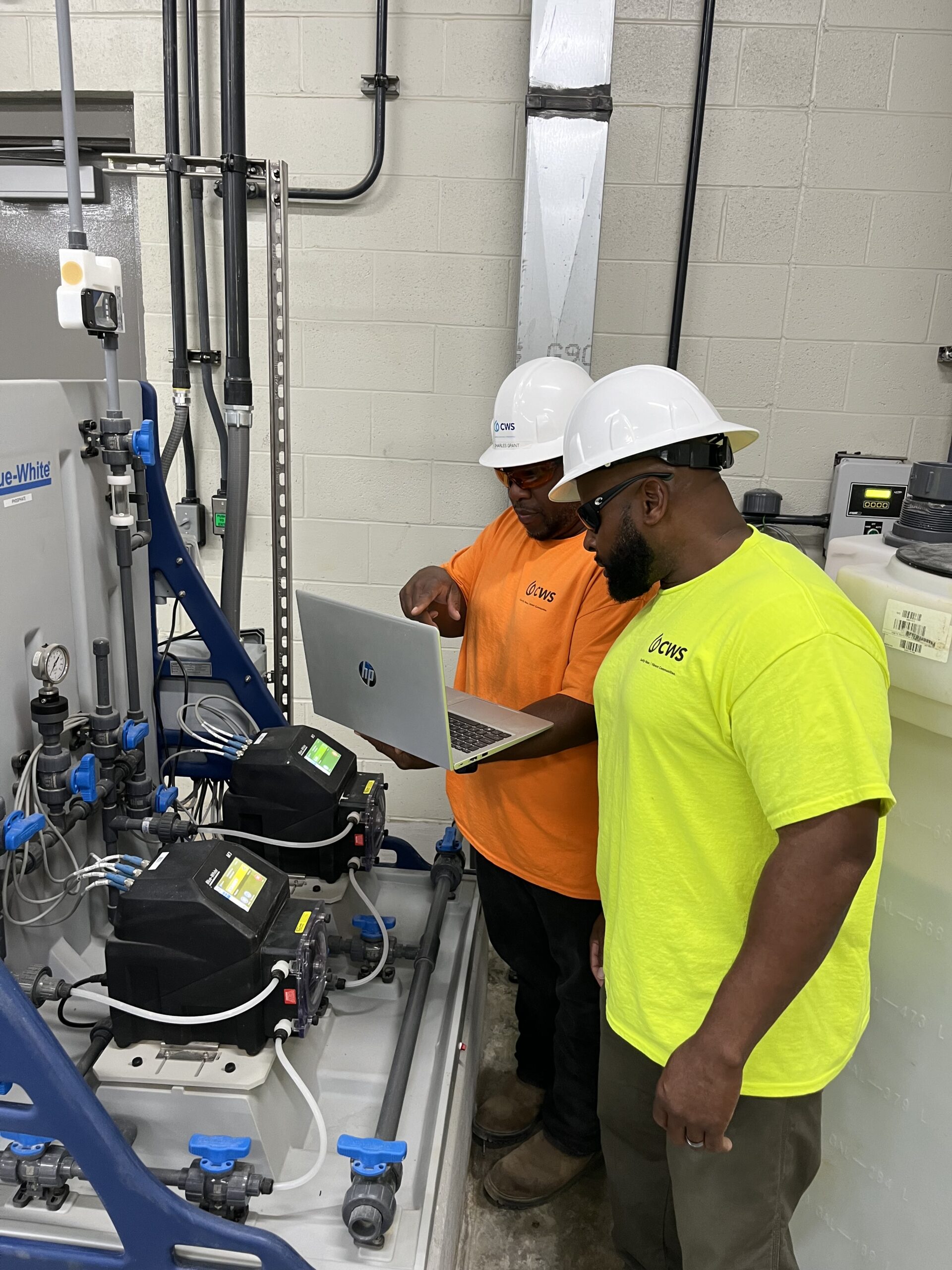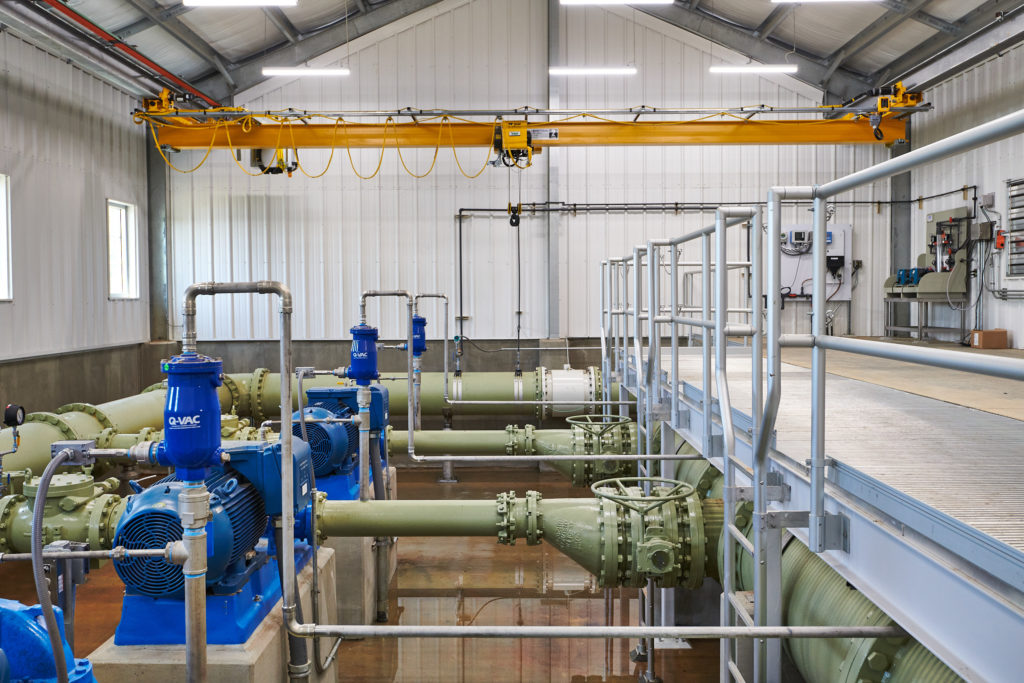In the arena of water treatment, it is imperative to adhere to regulatory standards, which are evidenced by compliance results. Equally important is the ability to closely monitor and fine-tune processes to achieve the desired outcomes, as indicated by process control results. Compliance reports serve as tangible proof of water treatment or wastewater treatment plants’ adherence to regulatory standards. They encompass the documentation, testing of security controls, and review of internal accounting controls.
Conversely, process control entails the continuous monitoring and adjustment of processes to ensure water quality and compliance. This may involve employing mechanisms such as on/off valves to prompt corrective actions when system parameters deviate from the desired set point.
Compliance Results vs Process Control Results in the Water Industry
Within the realm of water and wastewater treatment, the applications of compliance and process control are vast and multifaceted. These applications encompass the use of real-time sampling to facilitate prompt decision-making and enhance overall operational efficiency. Furthermore, they involve the meticulous development of compliance plans by laboratory analysts, delineating essential procedures and protocols. These rigorous measures are often mandated by state regulatory agencies, emphasizing the necessity for comprehensive testing to pinpoint the most effective treatment methodologies.
To establish the best frequency for process control sampling, consider process stability, change rate, historical data, and potential risks. Sample often enough to catch significant variations while avoiding unnecessary disruption. Prioritize a data-driven approach and monitor key metrics closely. Implement corrective actions promptly when deviations from compliance standards are detected. Focus on continuous process improvement to minimize future risks.
Key points to consider for optimal sampling frequency:
Process variability: If a process is highly variable, more frequent sampling is needed.
Process stability: Stable processes may require less frequent sampling.
Cycle time: The time required to complete a single process cycle can influence sampling frequency.
Historical data analysis: Analyze past process data to determine appropriate sampling intervals.
Risk assessment: Prioritize sampling for critical processes with high potential impact on quality and safety.
Balancing compliance and process control:
- Define clear compliance metrics.
- Use statistical process control (SPC) to visualize process variation.
- Conduct regular audits to verify adherence to compliance standards.
- Base adjustments on data analysis to optimize quality and compliance.
- Ensure all personnel understand compliance requirements and proper sampling procedures.
Strategies to achieve balance:
- Focus sampling efforts on areas with higher risk of non-compliance.
- Use process control data to proactively identify and address potential issues.
- Ensure clear communication between quality control teams, operations, and management to align on compliance goals.
By Katie Hill



